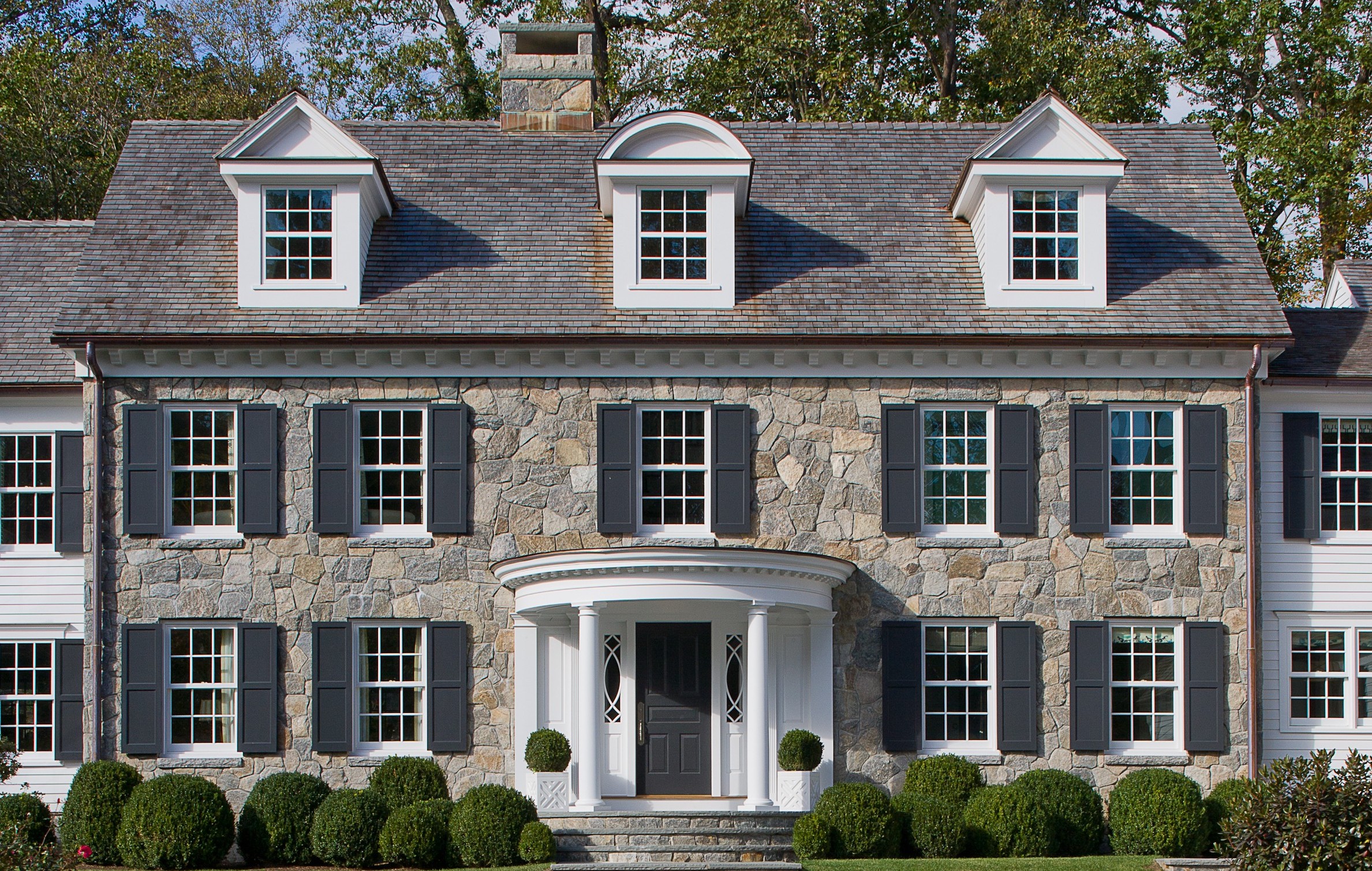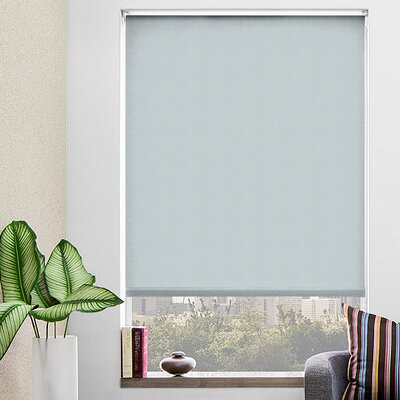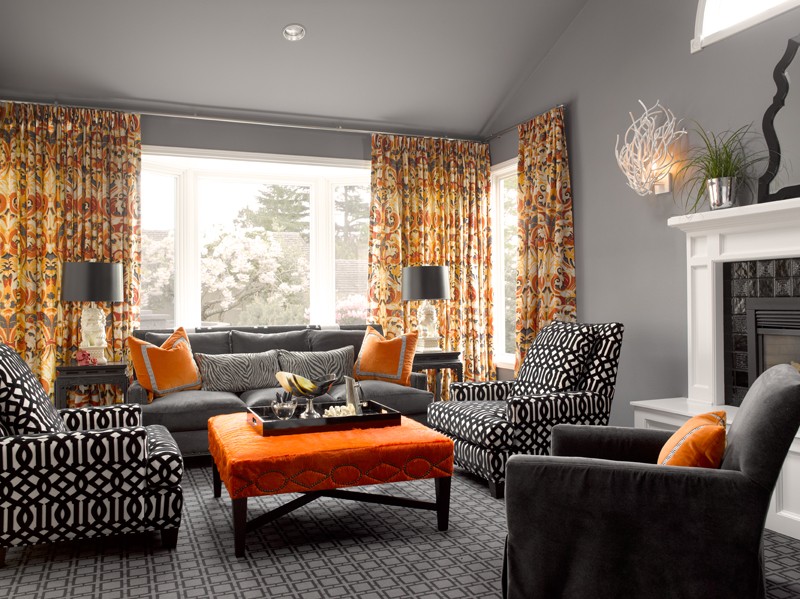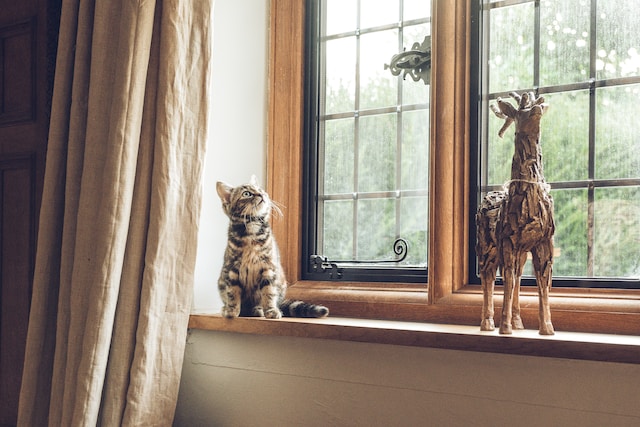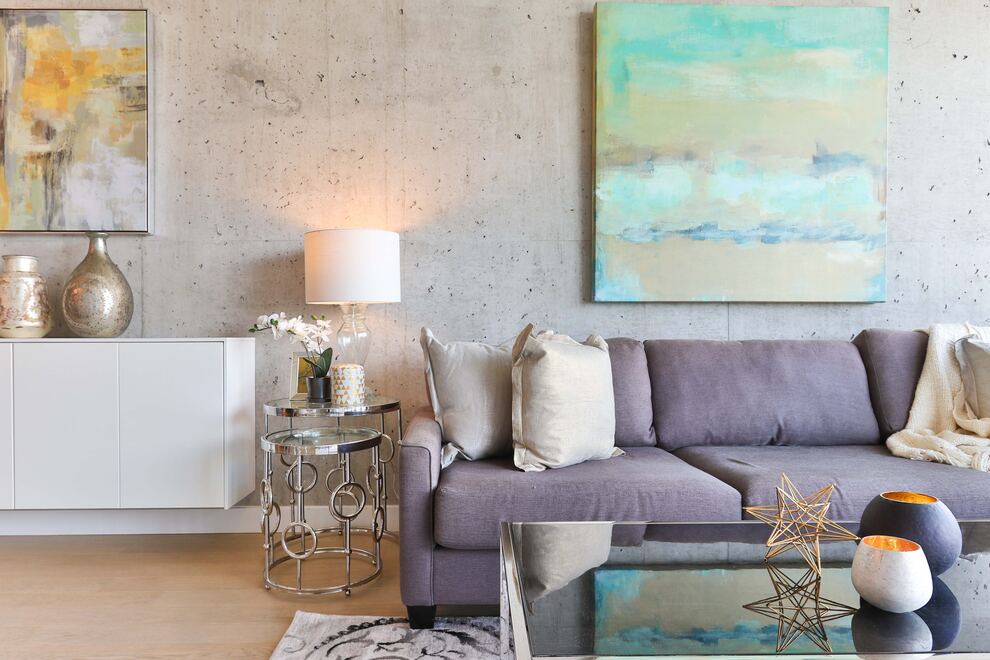Window treatments are a decorative and functional part of your home. They protect your home from sunlight, create privacy and can make or break your decor. When choosing window treatments for your home, the most important things to consider are style, budget and functionality. While some window treatments tend to be more expensive than others, you generally get what you pay for. A good way to make sure you choose a good window treatment is by checking customer reviews. It’s recommended that you clean your window treatments once a month, so choosing a low maintenance window treatment will be better if you lead a busy lifestyle.
Check out the most popular window treatment options and see which ones you can imagine in your home.
Blinds
Horizontal blinds
There’s a reason that horizontal blinds are one of the most popular window treatment choice in homes today. They come in a range of sizes and materials; they can be installed on nearly every type of window, and they’re fairly inexpensive. The slats are prone to dust gathering and will require regular cleaning, this can be a time consuming process. The ability to adjust the louvers allows you to control the light seeping into your home. You can find horizontal blinds in a variety of materials including metal, wood and vinyl.
Vertical blinds
Vertical blinds are a great choice for covering sliding glass doors and large picture windows, the vertical louvers allow for the door to be opened with minimal effort. Although vertical blinds can be installed on any window, they should be avoided if it’s not necessary to the functionality of the window. This is because they have a tendency to be noisy when a breeze comes through your window or door. Vertical blinds are easier to clean than horizontal blinds because the louvers are less fiddly. You can find vertical blinds to match most decors, they’re most popular in fabric, wood and vinyl.
Shades
Roller/Roman
Roller and Roman shades are usually made from fabric and can be purchased in a variety of colors, sizes and thickness. Although they can be purchased in a range of thickness, they don’t offer the same light control as window treatments with louvers. These shades are cheap to purchase but you get what you pay for, the less expensive styles may not last very long and look tacky. Roller and roman shades are a great option is you have hung, sliding or fixed windows. The ability to mount the shades inside of the window frame makes them a great for showing off your fabulous bay window.
Honeycomb/cellular
Honeycomb/cellular have similar operating properties to roller/roman shades. The main distinction is that they are designed trap air within the material to provide extra insulation. The unusual shape makes them harder to clean than other window treatments.
_____________________________
Here are some pros and cons of the different materials you can find blinds and shades in:
Fabric blinds and shades can be found in a variety of colors and textures to match your decor. You have the option to choose how much light you’d like to filter into your room. They may look great but they’re difficult to clean compared to other materials.
Wood gives your home a warm feel, both aesthetically and literally, as insulate your home from outside air better than vinyl or fabric options. They are more expensive to purchase but will last longer than vinyl and fabric. Wood blinds are not the best option in rooms with moisture in the air like the kitchen or bathroom.
Vinyl is a relatively cheap window treatment material. It’s extremely versatile and be installed in all rooms, on all windows. When not chosen carefully, they can cheapen your decor. Vinyl is easier to clean than wood and fabric.
Shutters
Plantation shutters
Usually made from wood, plantation shutters can be installed on the exterior or the interior of your windows. They will most likely have to be customized to your windows making them a more expensive option. That being said, the high price tag doesn’t deter homeowners from installing plantation shutters. They’re still one of the most popular choices because they are sturdy, a good insulator and add value to your home.
Hinged
Hinged shutters act as mini doors on your windows to block out light and noise. They can be found with or without louvers. Unlike hinged shutters with louvers, solid panel shutters lack light control because the shutters are either open or closed. On the other hand, this makes them easier to clean than plantation shutters or blinds. Hinged shutters give a rustic, country vibe to a home but I would avoid installing them onto rooms that cannot accommodate the space needed to open them. I’m afraid you’ll have to choose between hinged shutters and the plants and photo frames on your windowsill.
Hurricane
We’ve all seen the movies where the wealthy bachelor is awoken by his motorized shades opening, revealing a city skyline or ocean view. In reality, many homes require these types of shades to protect from storms. If you live in an area that’s prone to storms, you may need to install hurricane shutters to protect your windows. They can be operated manually which will decrease the installation price (and your energy bill). Usually made from metal, they’re not the most aesthetically pleasing shutter but they are better than a broken window! They completely shield a room from light and drafts, providing privacy and insulation.
Drapes
If you desire a less subtle window treatment option, drapes might be for you. You can find them in a variety of materials, styles and thickness to suit any room in your home. Drapes are inexpensive to purchase and install, allowing you to swap styles more often. Not only can drapes come with extra insulation, the basic styles will insulate better than blinds. Drapes are a good option for casement and awning windows because they can be moved easily to accommodate the window opening.
Film
Window film is popular in commercial buildings but it can be an option for your home as well. Applying window film allows natural light to filter into your room while maintaining privacy. This makes it a great option for your bathroom. You can buy window film with different properties depending on your needs including, UV protection, glaze reduction and increased privacy. After application, controlling the light that enters your room isn’t an option unless you add another window treatment. If you have any desire to gaze out your window, avoid installing a window film. If you have a steady hand, installing window film is a project that you can DIY.
If you’re ready to get estimates for a window treatment installation from professionals:
